Roti Nutrition: What’s Inside Your Everyday Flatbread?
When you talk about Roti nutrition, the calorie, protein, fiber and micronutrient profile of the Indian flatbread made from whole wheat flour. Also known as chapati health facts, it helps home cooks balance taste and wellness. It relies on whole wheat flour, a grain packed with fiber and plant‑based protein and often includes a splash of oil, which adds softness and a boost of healthy fats in the dough.
Key Nutrition Factors for Perfect Rotis
Roti nutrition mainly hinges on three macros: carbs, protein and fiber. A typical 40‑gram roti delivers about 120 calories, 20 g of carbs, 3 g of protein and 2 g of fiber. The carb load comes straight from the whole wheat flour, while the protein comes from the same grain plus any added legumes or dairy. Fiber is what keeps you full longer and steadies blood sugar, which is why whole wheat beats refined flour every time.
Oil in the dough does more than make the roti tender; it also contributes about 40 kcal per teaspoon of healthy fat. Using a mild oil like sunflower or mustard keeps the total fat modest while improving pliability. This tiny fat addition can lower the chance of a dry, cracked roti, making the eating experience better without turning the flatbread into a calorie bomb.
Many home cooks wonder whether a pinch of baking soda, a leavening agent that releases CO₂ when heated or a dash of baking powder, a mix of baking soda, acid and starch can make rotis softer. The chemistry behind it is simple: the gas bubbles create tiny pockets that keep the crumb airy, reducing surface hardness. This trick influences both texture and perceived nutrition because a softer roti is easier to chew and digest.
When it comes to puffing, the science is similar. A well‑kneaded dough traps steam during the hot pan blast, causing the roti to balloon. Adding a bit of baking soda or using a warmer skillet increases that steam effect, which is why many recipes mention “puff‑up tricks.” The end result is a roti with light layers that still carries the same nutritional content, but feels lighter on the palate.
Portion control matters, too. One large roti can replace a slice of bread, but if you’re watching carbs, pairing it with a protein‑rich side like dal or paneer balances the meal. Because the glycemic index of whole wheat is moderate, pairing roti with fiber‑rich vegetables further smooths the sugar spike, turning a simple flatbread into a balanced plate.
For those looking to boost nutrition, swapping part of the wheat with millet, sorghum or chickpea flour adds extra minerals like iron and magnesium. These alternative flours also shift the macro balance—more protein, less simple carb—while keeping the familiar roti shape. The same cooking tricks (oil, baking soda, proper kneading) still apply, so you get a healthier version without a steep learning curve.
Practical tip: mix 2 cups of whole wheat flour with ½ cup of chickpea flour, add 1 tsp oil, a pinch of baking soda, and enough water to form a soft ball. Let it rest for 15 minutes, then roll thin and cook on a hot tawa until puffed. You’ll notice a richer nutty flavor, extra protein, and a softer bite—all while keeping the core Roti nutrition facts intact.
Below you’ll find a curated list of articles that dive deeper into each of these aspects—how to troubleshoot a flat roti, why baking soda works, when to add oil, and more. Use them to fine‑tune your technique, boost the health profile of your flatbreads, and enjoy every bite with confidence.
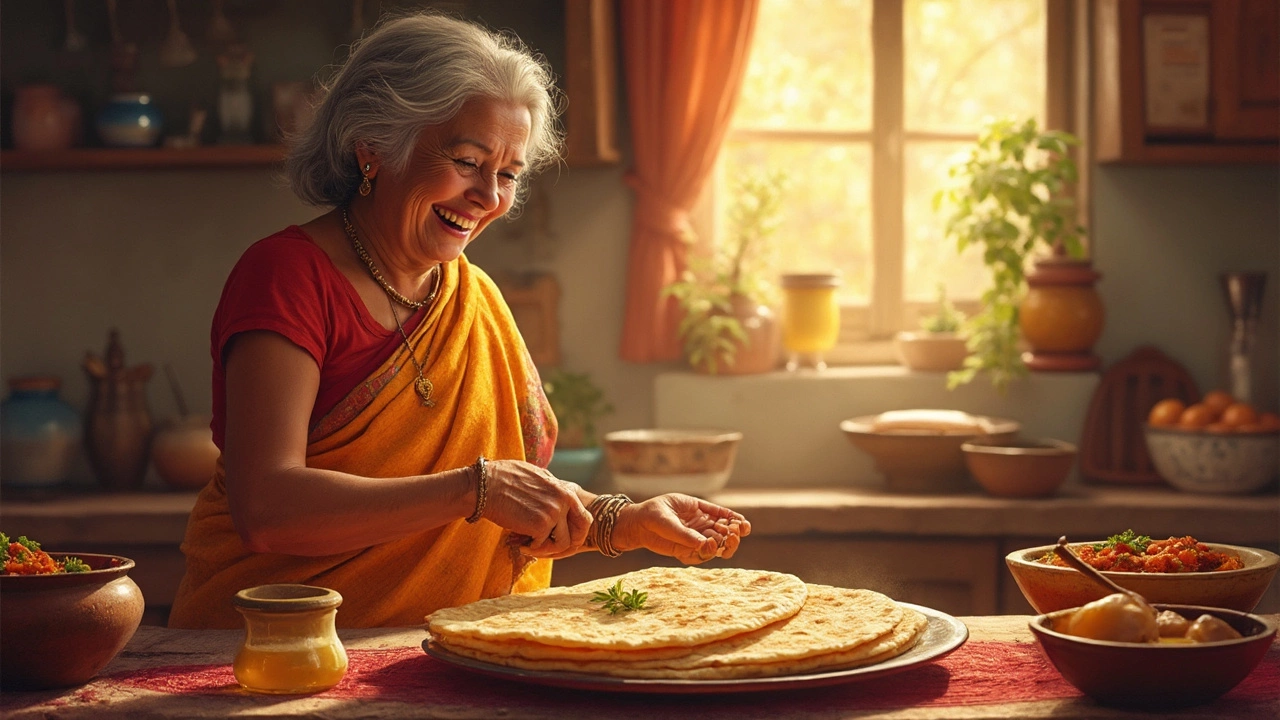
Calories in 1 Roti: Understanding Your Meal
Many people enjoy homemade roti as a staple in their diet, yet often ponder 'how much calories in 1 roti?' A simple roti is nutritious and a part of traditional meals. This article explores the calories in 1 roti, and how it fits with other meals, like sabzi or even with ghee. Discover ways to enjoy your roti without overindulging in calories.
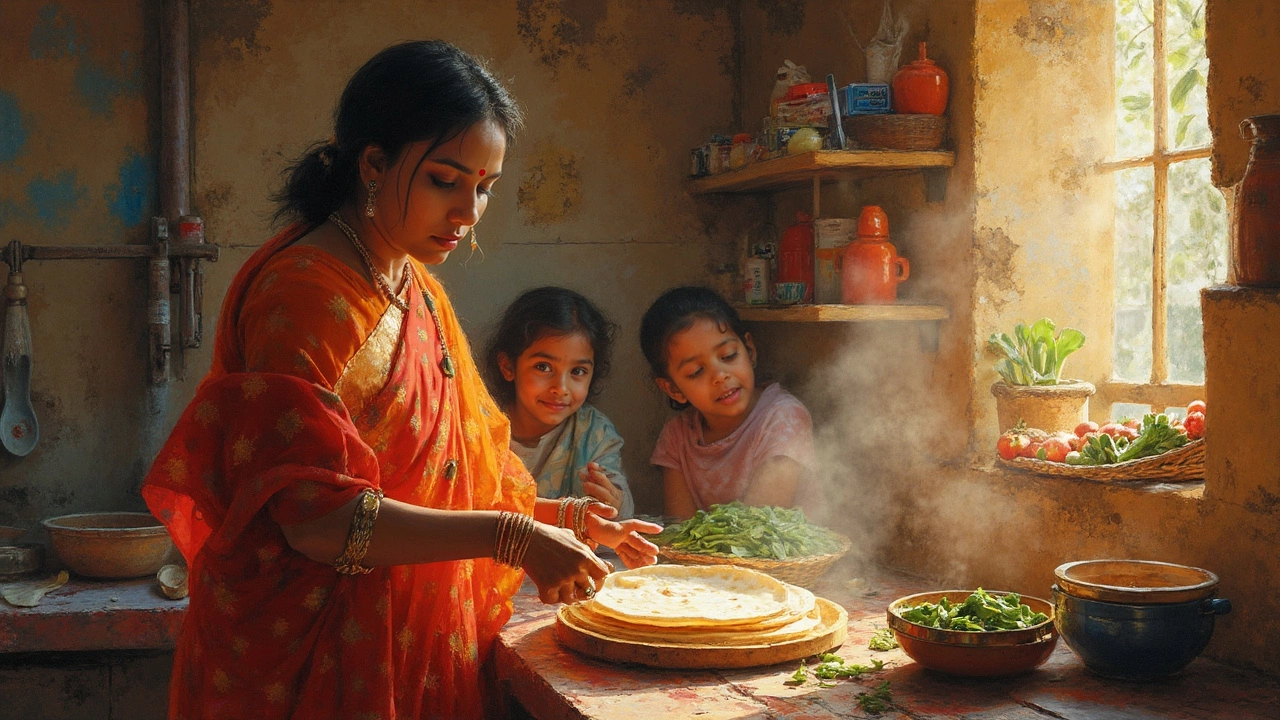
Roti vs. Rice Calories: What's on Your Plate?
Ever wondered whether roti or rice is better for your calorie count? Discover the nutritional profiles of each, the calories in 1 roti, and how additions like ghee and sabzi can change those numbers. This article will guide you with practical tips and insights to make healthier meal choices.
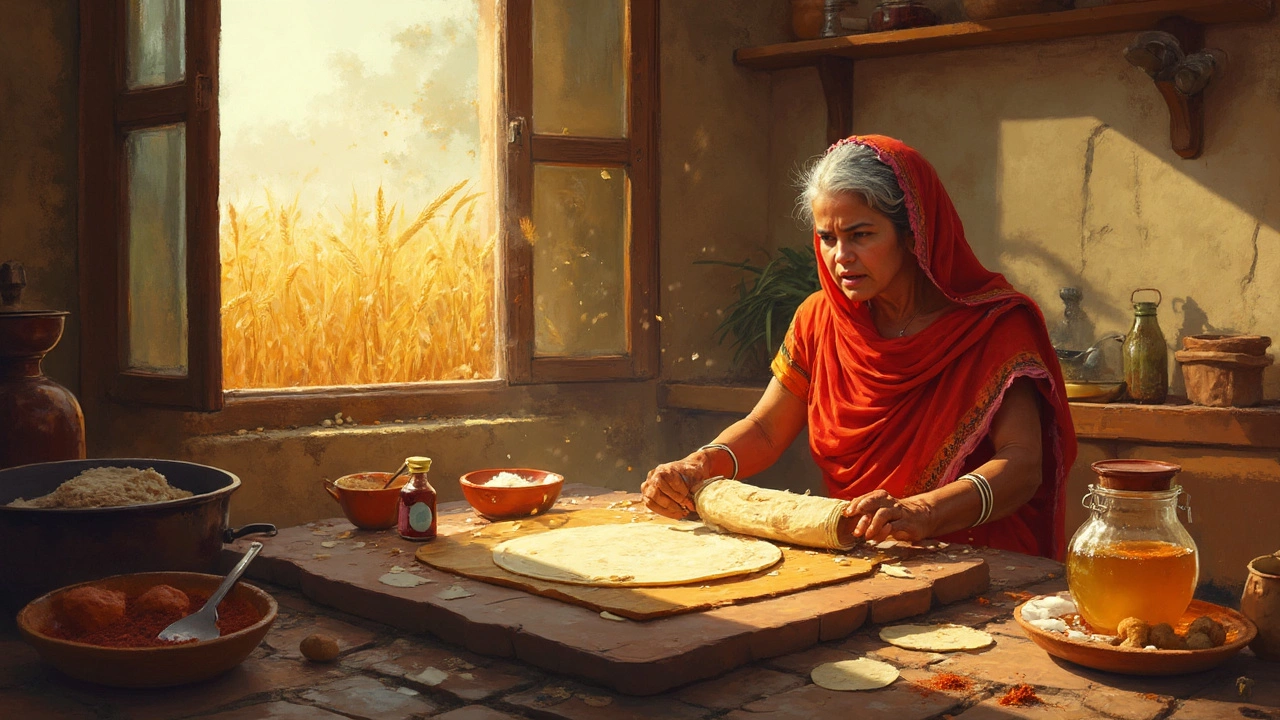
Chapati vs. Roti: Caloric Differences You Need to Know
Delving into the caloric differences between chapati and roti, this article offers valuable insights into Indian staple foods. Both chapati and roti are popular in Indian households, often served with sabzi or dabbed with ghee. Understanding how many calories in 1 roti and the impact of accompaniments like ghee can help maintain a balanced diet. Discover practical tips to make healthier choices without compromising on taste.
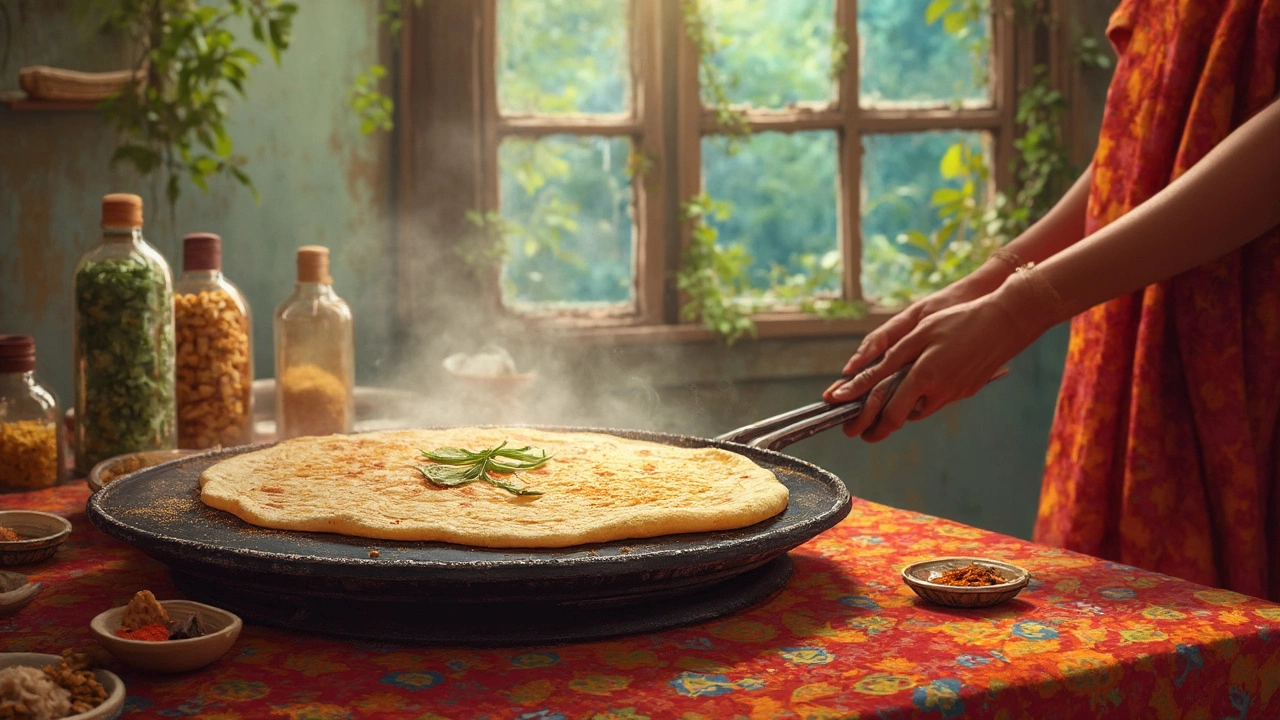
Understanding Roti's Glycemic Index and Caloric Impact
Discover the caloric and glycemic index information of the staple Indian bread, roti. This guide offers details on how many calories are in one roti, including variations like roti with sabzi and roti with ghee, and practical tips for maintaining a balanced diet. It's an essential read for anyone looking to optimize their health while enjoying traditional Indian cuisine.
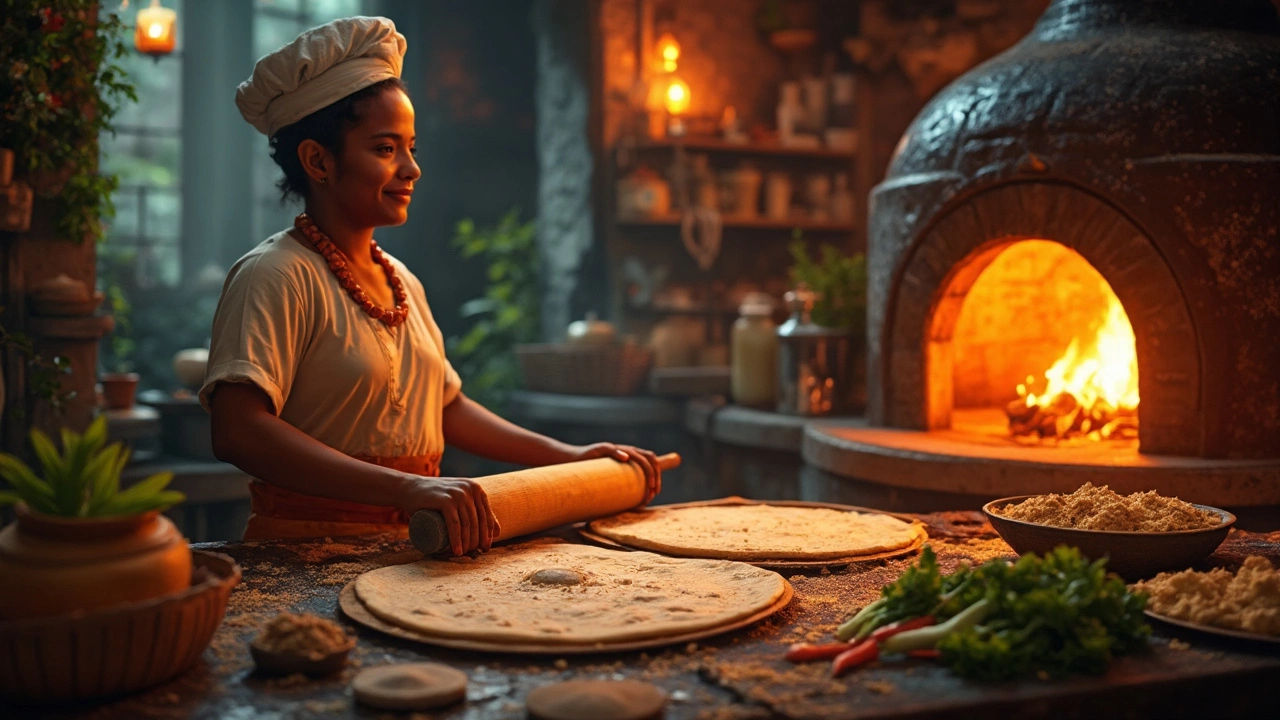
Calories in Roti vs. Paratha: What's the Difference?
Unlock the secrets behind roti and paratha calories, clarifying which is better for your diet. Discover step-by-step guides on managing calorie intake with these popular Indian staples, including tips on enjoying them without guilt. Compare the calorie content of different versions and learn how to incorporate them wisely into a healthy lifestyle. This guide demystifies calorie counts, helping you make informed dietary decisions.
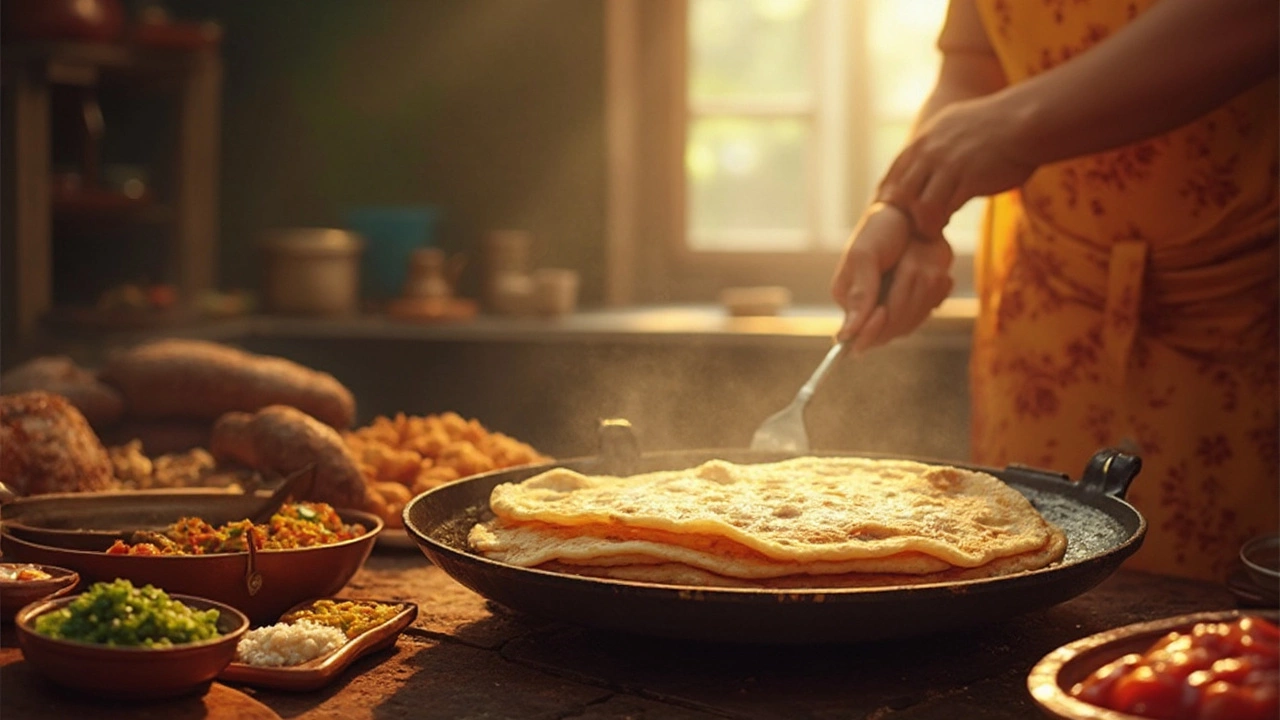
Does Roti Make You Gain Weight? Find Out Here!
Roti is a staple in many diets, sparking debates on its impact on weight. This article explores calorie content in 1 roti, combining it with various accompaniments, and provides practical tips for those monitoring their weight. Discover how to enjoy roti without fear of weight gain, and learn about its nutritional components. Whether you're concerned about calories in 1 roti with ghee or curious about its overall effect on your diet, this article offers helpful insights.
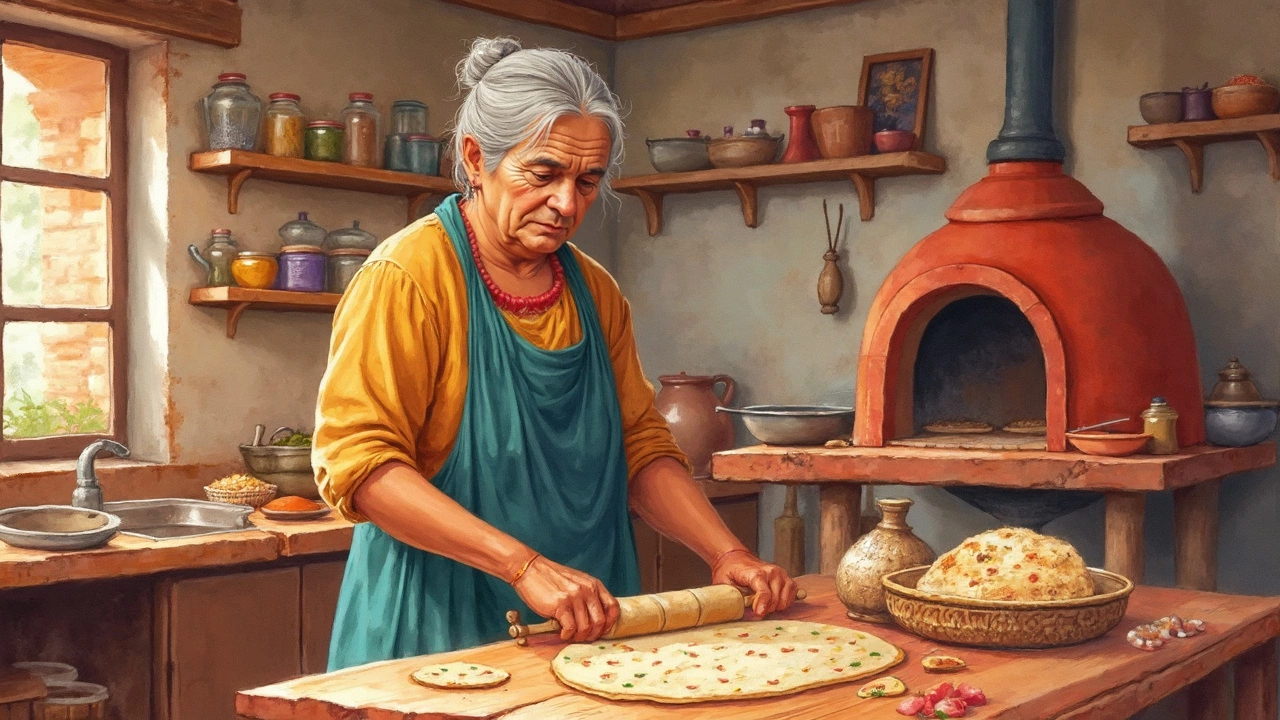
Discovering the Role of Roti in a Balanced Indian Meal
Roti, a staple in Indian meals, contributes to a balanced diet offering essential nutrients and energy. This article explores the nutritional role of roti, including calorie content and its impact on health. Tips on enhancing the nutritional value by pairing roti with other traditional foods like sabzi, and using ghee are discussed. A guide is provided to help integrate roti into daily meals for maintaining a healthy lifestyle.
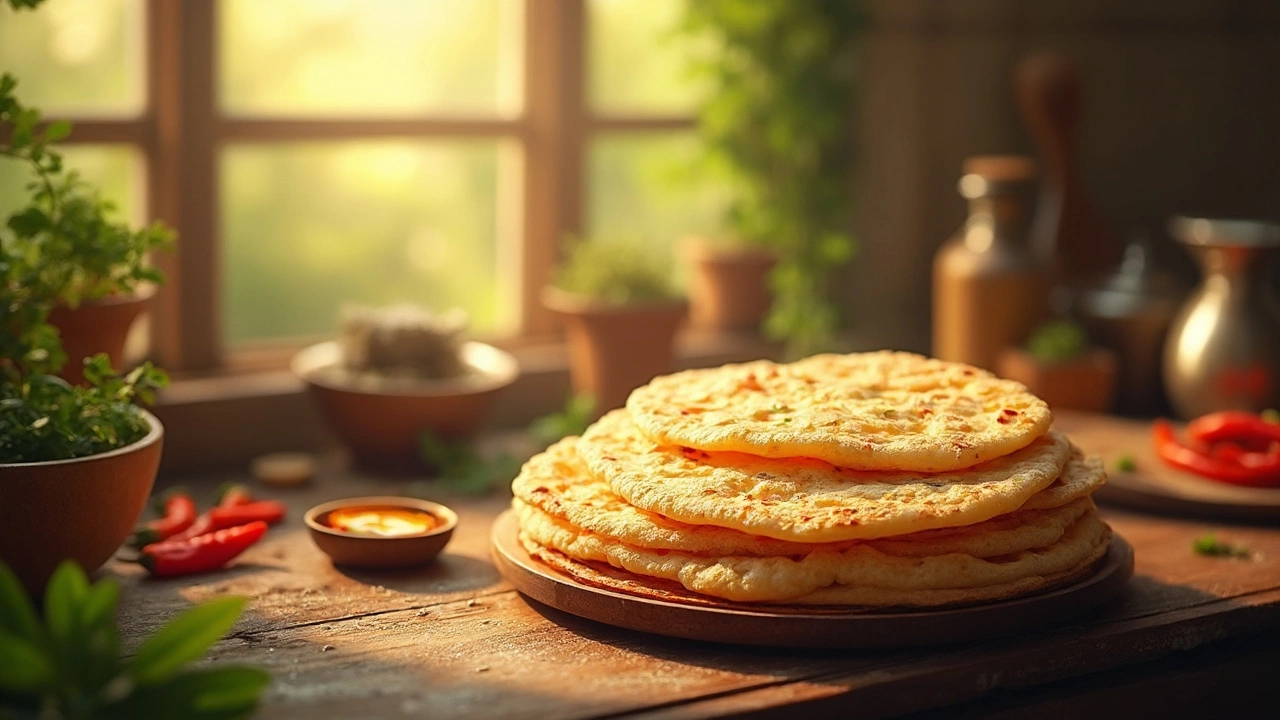
Calories in 1 Roti: Revealing the Shocking Truth!
Ever wondered how many calories are in your daily roti? This article unveils the calorie count in a single roti, with and without toppings like ghee, and the additional calories when paired with sabzi. Explore practical tips on how to enjoy your favorite staple while keeping your diet in check.
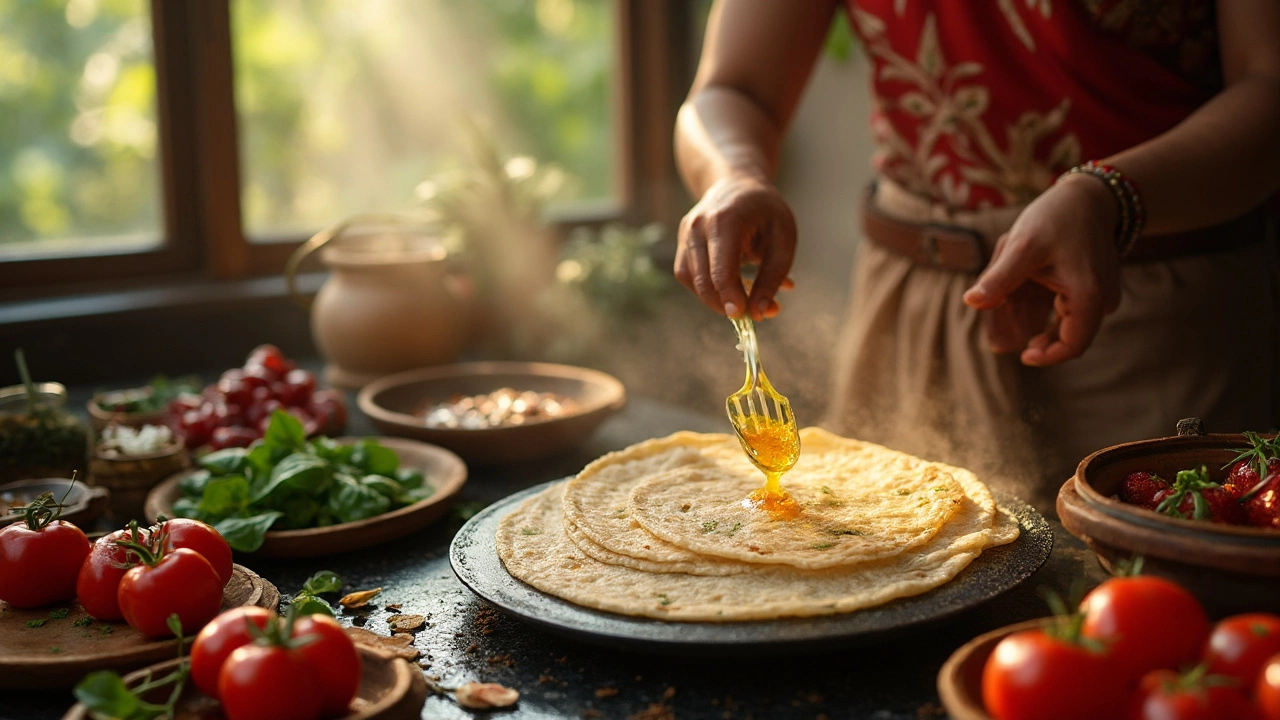
Can You Eat Roti on a Low-Carb Diet?
Exploring whether roti can fit into a low-carb diet, this article examines the calorie content of roti, variations with ghee and sabzi, and offers practical tips for those looking to enjoy roti while watching their carb intake. From understanding the calories in one roti to creative low-carb alternatives, we break down what it takes to include roti in your meals responsibly. Learn how to enjoy this staple without derailing your diet goals.
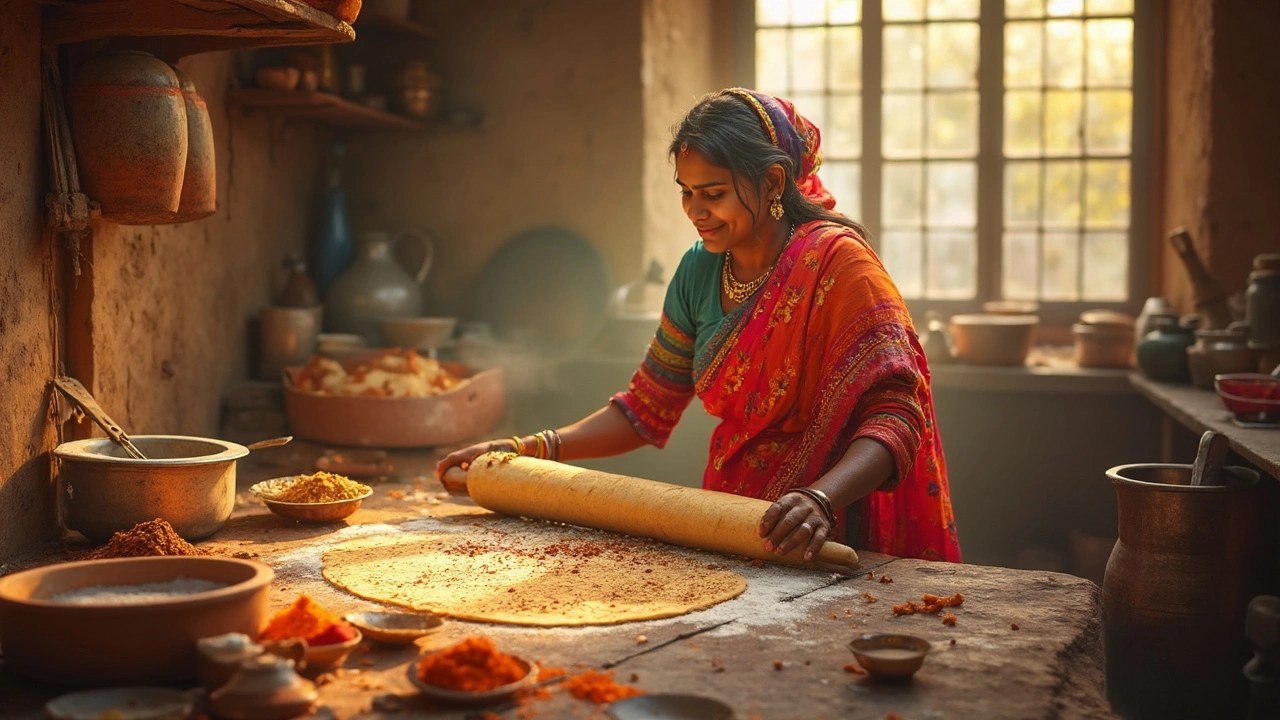
Roti Macros: Calories, Protein, and Fiber Demystified
Understanding the nutritional content of roti can help you make informed dietary choices. This article breaks down the calories, protein, and fiber content found in a typical roti, including variations like roti with sabzi or ghee. Discover tips for optimizing your roti consumption to fit your health goals and how different pairings can alter nutritional profiles.
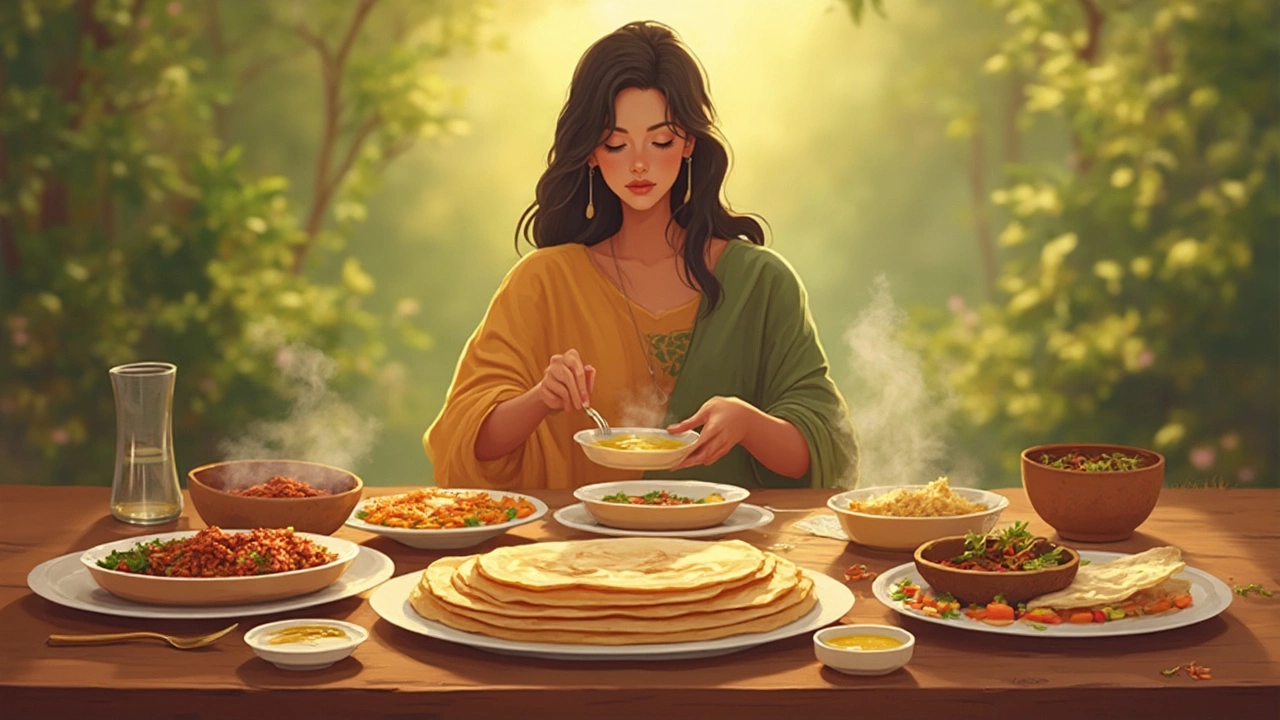
Roti and Calories: How Much Energy Does It Really Have?
Roti is a staple in many Indian diets, but how many calories does this essential food really have? This article explains the calorie count in 1 roti, variations like roti with ghee or sabzi, and offers tips on incorporating it into a balanced diet. Learn the nutritional benefits and how roti fits within your daily calorie needs.
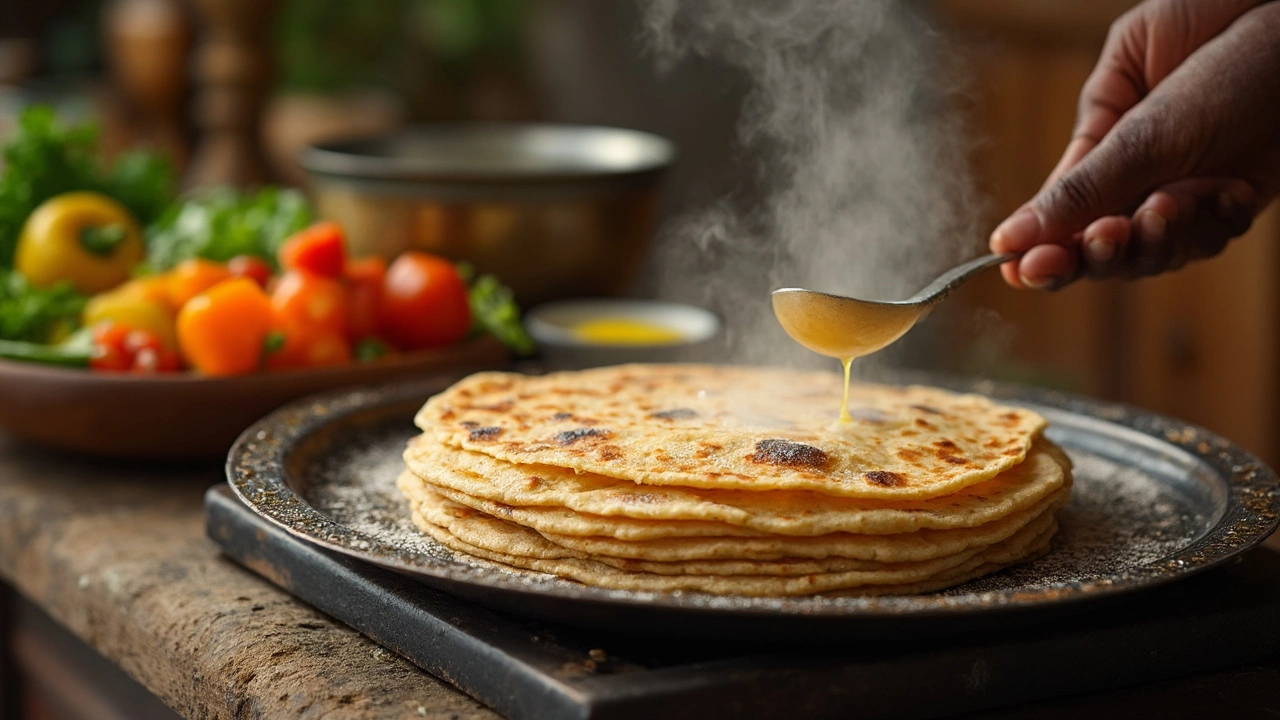
Roti Nutrition: Exploring Calories and More
Roti is a staple in Indian meals, but how does it fit into a healthy diet? Knowing the number of calories in 1 roti and its nutritional profile can help you make informed dietary choices. Explore the calorie count in a basic roti and how accompaniments like ghee and sabzi can affect it. This guide offers practical insights and tips on having a balanced roti diet.